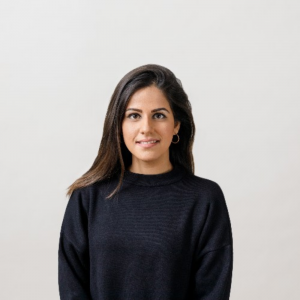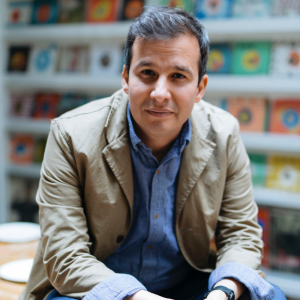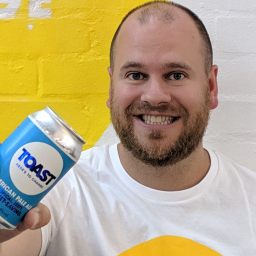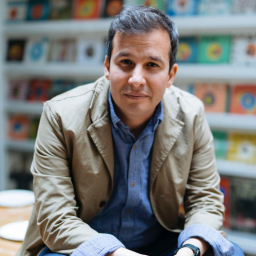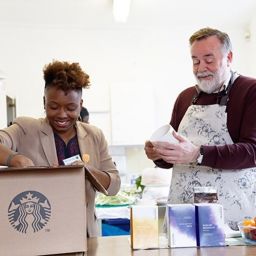Reuse is back in a big way. Not only are stores accepting ‘Bring Your Own’ shopping bags and refillable mugs again, there’s a burgeoning consumer demand for refill schemes for consumables — food and beverage, home and laundry care, cosmetics, and other products that get used up quickly. This trend towards durable packaging offers new solutions to the global waste crisis, and a new way to do business.
THE HISTORY OF SINGLE USE
Here, I use the term “new” somewhat loosely, as using product containers more than once was intuitive and necessary for most of civilisation, but for the last 70 years, we’ve been focused and reliant on the models of single-use and disposability for products.
You can trace it back to mass production and material advances perfected during the first and second World Wars. Freed up in peacetime, manufacturers and plastics producers pivoted to consumers, working with brands, retailers, and marketers to create value propositions for disposability and a petrochemical material — both new concepts for the general public.
Single-use packaging for consumables in particular drove access to more products than ever before, giving rise to the convenience market and a throwaway culture for fast-moving consumer goods (FMCGs) and the planned obsolescence of products once made to last (such as clothing, home appliances, and electronics) now designed to break or fall out of trend.
Today, the world sees the consequences of this linear economy taking resources to make products, such as packaging for FMCGs, and sending them to become waste. In the few years preceding COVID-19, the magnitude of the plastic waste crisis known to scientists and researchers for decades became a part of the public consciousness; even as the pandemic dominated global attention, awareness of environmental issues remained high and even increased.
Consumers now understand they pay several times for their products — for the product itself, the packaging it’s in, public and private waste management programmes, and loss to natural capital of the planet — while businesses have externalised these negatives for profit, and governments allow them to do so.
NECESSARY DISRUPTION
A pivot to reusable packaging would be challenging, and a disruption to a business model that has so long served to create jobs, drive access to goods, and generate growth. Yet, there is a huge business case for leading the charge on demonstrating reuse models are viable, practical and capable of generating added value across the economy.
A MULTI-STAKEHOLDER PARTNESHIP APPROACH
Nearly all of these challenges are mitigated by the very essential ingredient that made single-use possible in the first place: multi-stakeholder partnership. The World Economic Forum’s Platform for Shaping the Future of Consumption looks to advance the frameworks to encourage the scalability of reuse through its Consumers Beyond Waste initiative, which brings together leading private, public and civil society sector actors committed to creating access to innovative consumption models at scale; I myself am Co-Chair of its steering committee on behalf of my companies TerraCycle and Loop.
In its first year, the coalition focused on developing a multi-stakeholder perspective on 1) the economic, environmental, and social determinants of integrated reuse systems, 2) developing a “playbook” for cities to test and enable these systems, and 3) advancing efforts to develop sets of shared guidelines for reuse in the key areas of health and safety, and design.
As part of this, their recent report Future of Reusable Consumption Models presents a framework for a wide reuse system, breaking down six key aspects that determine the ability of models to succeed economically and operationally: delivery-model efficiency, consumer experiences, technology advancement, regulation, cultural shift, and demonstration of improvement. All of these are indicators of scalability, and none can be achieved by working alone.
Thus, it cannot be emphasised enough that no one group or sector can bring reuse to life; buy-in and application is needed by manufacturers, retailers, and brands in order to drive innovation, minimise risk, demonstrate and report on value, and share learnings and resources across the value chain. Our global Loop™ model aims to do this for packaging reuse with the convenience and affordability so long driven by single-use models.
Loop is today in an exciting growth phase as it launches in new markets around the world (most recently Japan), and building upon the success of in-store space at Carrefour in Europe and Japan, will soon pilot at retail locations in the United States and the UK. Guests will soon be able to purchase products in durable containers and drop off their empties at participating stores.
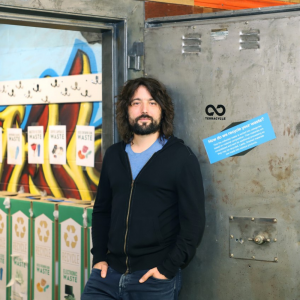
Tom Szaky, Founder & CEO, TerraCycle and Loop
CONSUMER CONFIDENCE IS KEY
Over the past couple of years we’ve learned that buy-in at retail is essential, as is the marketing and sales support for the consumer packaged goods (CPG) brands on Loop and the establishment of trust with end-users, the customers of our partners. We’ve also learned consumers take to reuse if they are confident about the safety and function of the product and don’t have to change much about their own behavior, except for an improved experience.
For example, a brand-name shampoo bottle on Loop contains the same trusted formula consumers love and can be conveniently “tossed” in the same store it was purchased; through a third-party verified Life Cycle Assessment (LCA) for our reuse platform, both the ecommerce and retail models respectively come out environmentally superior to alternatives in as few as three uses. Consumers gain the functional benefits of a better looking container, and the emotional and social benefits of choosing a more sustainable way to consume.
Challenges of cost for businesses rule the secondary challenges around lack of infrastructure, uncertainty about financial viability, and questions about how to attain adequate brand differentiation, while governments must contend with a lack of funding for public programmes and infrastructure changes that incentive waste reduction, so proving value creation through measured ROI (i.e. environmental LCAs, consumer insights, sales lift and forecasting) is key to driving emerging models forward.
With the work we continue to do with Loop, our partners and vendors, and alongside the members of Consumers Beyond Waste, who include NGOs such as World Wildlife Fund, thought-leaders Closed Loop Partners and IDEO, municipal bodies such as City of Philadelphia and New York City Mayor’s Office of Sustainability, and many Loop retailers including Kroger and Tesco, it’s our goal to bring reuse back, and inspire and support business in their ambitions to do the same.
___
TO JOIN THE ‘Regenerate’ COMMUNITY of leaders championing the circular economy globally, APPLY TO BECOME A MEMBER OF MEANINGFUL BUSINESS HERE


